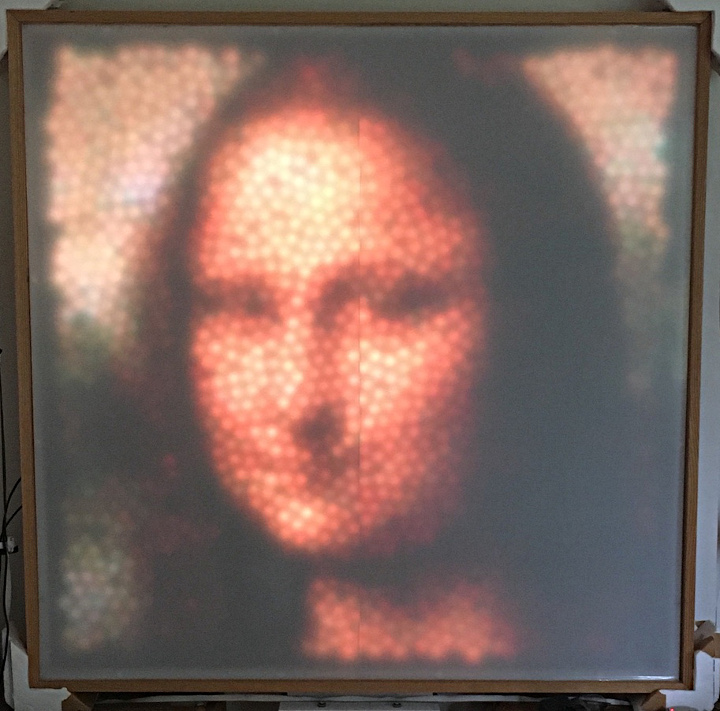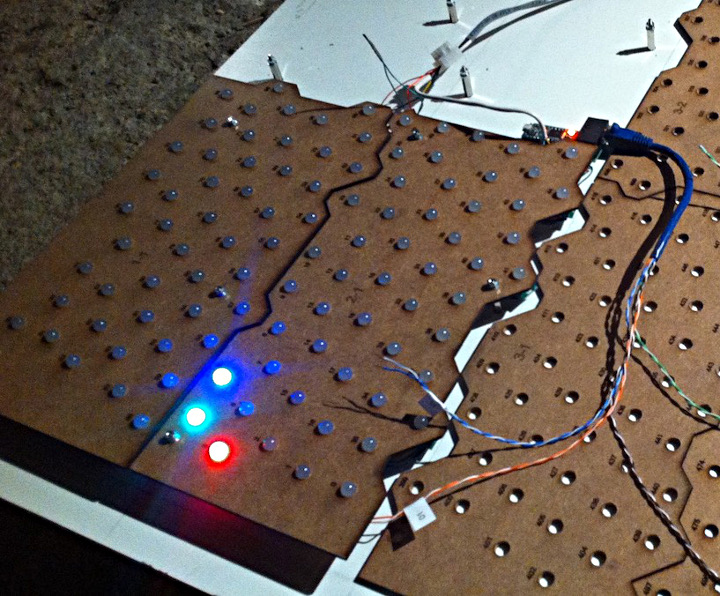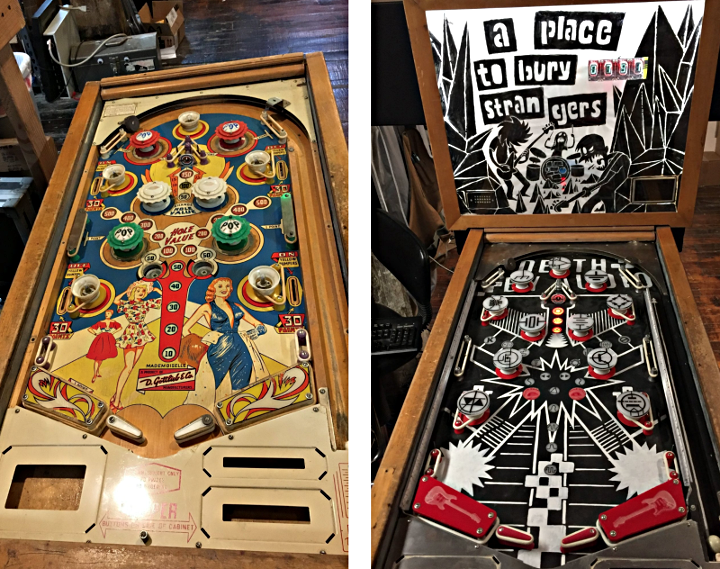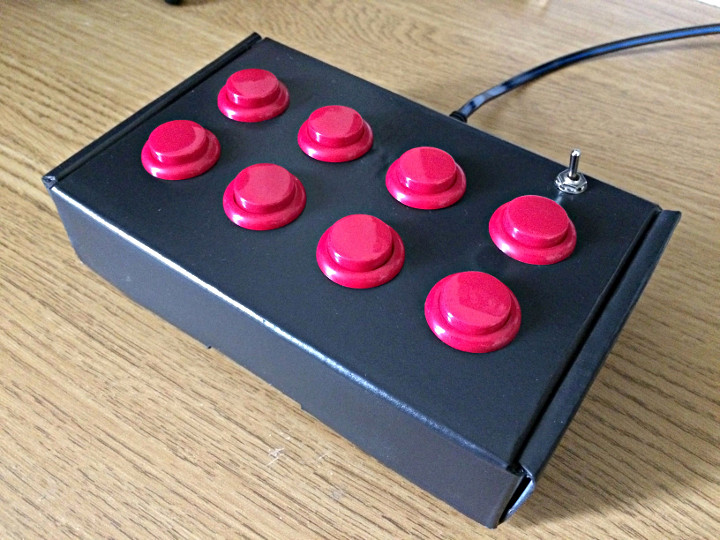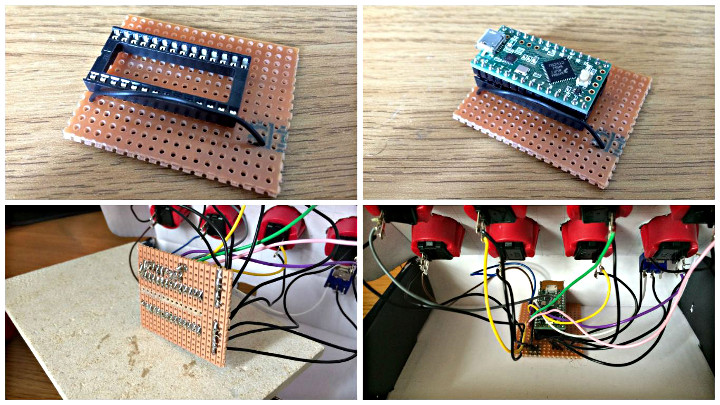Forum user NewLinuxFan designed an LED strip that is synced with MIDI song files.


The strip takes MIDI notes and translates them to assigned colors – C = Red, C#/Db = red-orange, D – orange, D#/Eb = yellow, etc. The project uses an APA102 LED strip, however the code can be adapted to use other types of LED strips such as the ever popular neopixels (WS2811/WS2812/WS2812B).
There is a great tutorial with code provided on the Lights4Music website.
